A Fresh Voice on Maasai Mara and Mara River Conservation
Mara River Basin
|
NEW ESRI StoryMaps: What's On Our Shelves & NWNL Song Library & No Water No Life ESRI |
Mara River Basin
Lena Munge
Maasai Mara Wildlife Conservancies Board
Narok County Executive Comm.
KCB Bank Group, Head of Mid Corporates
Alison M. Jones
NWNL Director & Photographer
Need for Conservation- Not Yet Grasped
Mara River Threats & Possible Solutions
Conservation – Maasai – Mara Conservancy
Protecting the Mara’s Wildlife
Land Use
Lena: Banking, Politics, Conservation
All images © Alison M Jones. All rights reserved.
While in Kenya to document the Mara River Basin, NWNL was invited to a meeting called by the East African Wildlife Society [EAWLS], publisher of Swara, a renowned magazine on East African wildlife, its ecosystems and critical water sources. This meeting of Kenyan and Tanzanian conservationists was prompted by concerns over a growing number of dam proposals that could impact the Mara-Serengeti Ecosystem, a World Heritage Site and famous tourist destination. Following that conference, Lena Munge, a Maasai banker, politician, and now in conservation, joined NWNL for this interview.
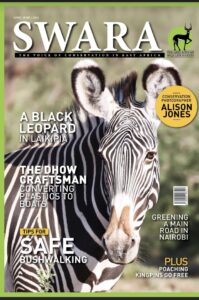
NWNL Lena, I am glad to talk further about Greater Maasai Mara management. Since 2000, Brian Heath has been Manager of the Mara Conservancy (the Maasai Mara National Reserve’s western third). He is concerned tthe national government emphasis is on food security, thus promoting incentives for agriculture and farming. This is certainly needed, but also promotes dis-incentives for conservancies now managing Kenya’s world-renowned wilderness and wildlife.
Earlier you and I discussed several points of imbalance:
– All conservancies need NEMA [National Environment Management Authority] approval
– KWS [Kenya Wildlife Services] requires its own management plan
– Conservation subsidies have no incentives, since they carry a Value Added Tax [VAT].
Yet farmers don’t need approval or VAT payments. Their loans are excused during drought; and their fertilizer and other input subsidies often have minimum-price guarantees.
Can these imbalances be addressed? And if so, how?
LENA MUNGE The problem is not dis-incentives. It’s that the government does not recognize conservation as a valuable land use. Yet agriculture (and horticulture) is rated as valuable land use for production and development. But wildlife tourism, like agriculture, is one of our top 3 foreign-currency earners. So, people in wildlife tourism should have incentives. It is very important that our tourism and wildlife thrive.
NWNL Why has this seemingly unbalanced situation existed so long?
LENA MUNGE I imagine the source of this disconnect is that, historically, tourism was a government initiative, while conservancies are led by the private-sector. But conservancies are critical if tourism is to thrive and wildlife is to survive. Those lands – and those of other private conservation efforts – are probably larger than all land under government conservation.
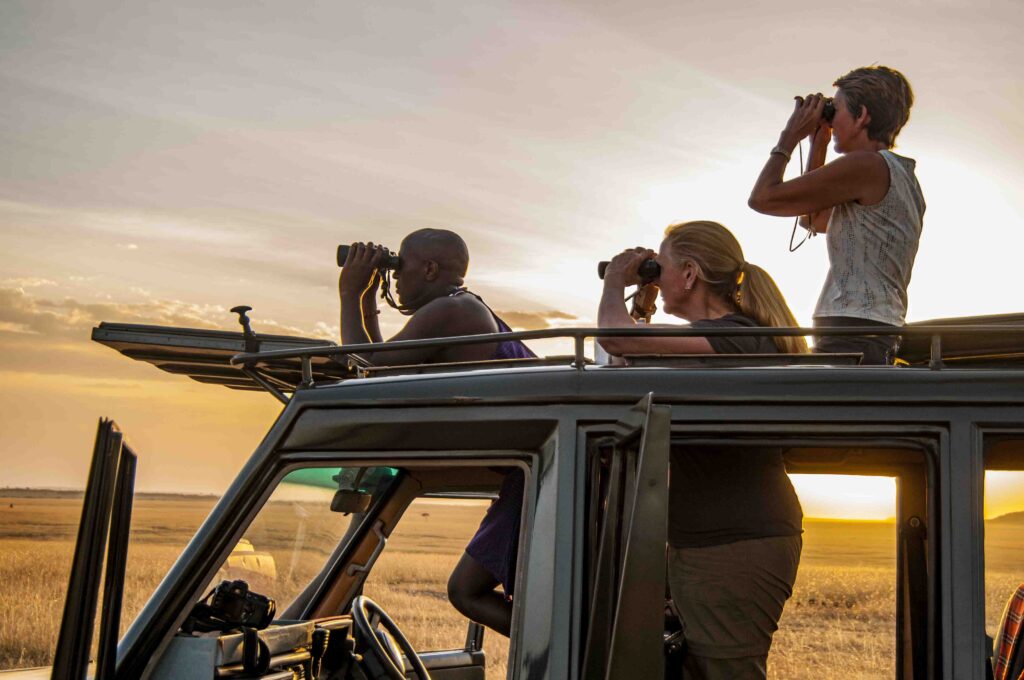
Maybe conservation should no longer be a state activity, since it has a huge private sector. Private land set aside for conservation probably earns more than agriculture, so it should also qualify as a valued land use, qualifying for all incentives agriculture-based land attracts.
NWNL Why hasn’t that happened?
LENA MUNGE I don’t know. Government has a notion that tourism gets a lot of money and much of it remains abroad, rather than coming to Kenya to help in development. That’s why the VAT was imposed on the tourism industry.
But when the tourism industry goes down, it takes years to recover. But it takes a year for the government to react and remove the VAT. So, then it takes three years for tourism to recover.
The tourism industry is not heard because it’s a small group of well-established people, unlike poor farmers who represent about 70% of Kenyans. Tourism advocates need to clarify to the government and public domain the value of their role. That message isn’t getting across. Another issue is the notion that since bookings are made abroad, tourism players keep that money in foreign bank accounts, only bringing in enough to run their safaris and pay salaries. That could be true for some, but probably not everybody. Bureau of Statistics [or economic planners] may know because it informs the government’s taxing.
The second issue is that of park fees – now $80. The perception is fees are income; so thinking a lot of money is being made, the people support a VAT on park fees Yet these fees really are a conservation fee. Maybe if the name were changed, people would realize there are costs to conservation. Lodges and tour operators think park managers make a lot of money – but they don’t know how much it costs to conserve their environment. I’ve told them, “Nobody comes to pay $500 or $1,000 to sleep in a bed. They come for that lodge’s location. If you put this lodge in Nairobi, you couldn’t charge that. It’s the location, not the service.” We tell lodge owners, “We won’t cut park fees. We should increase them because Kenya’s invaluable, unusual resource costs a lot of money to manage.”
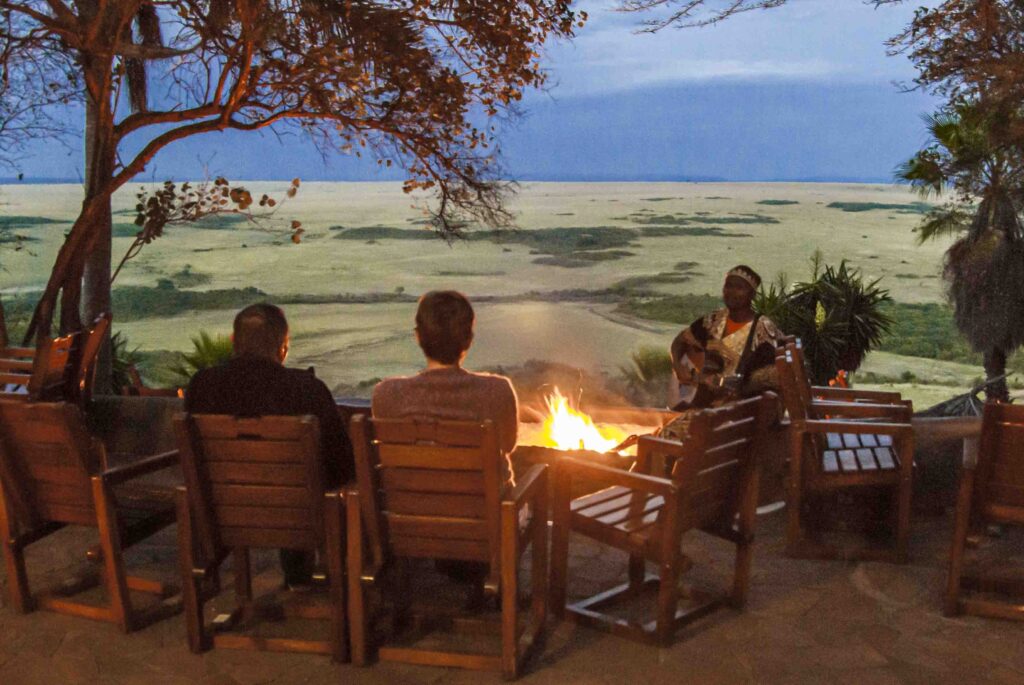
NWNL Yes. I learned 10 years ago, a road grader for the Mara Conservancy cost $75,000. And it needs maintenance and petrol. But that is only a little part of expenses. Just in the Mara Conservancy, there are 100 rangers to be housed, fed, transported and trained.
LENA MUNGE And they must be armed.
NWNL Yes – they face armed poachers. They ensure the roads are in good condition; and monitor wildlife as well as the many tourist vehicles surrounding the wildlife.
I was in the western Mara Triangle one year before the Conservancy began. There was only one poorly maintained track. Willie Roberts, a Conservancy founder, knew where it was, and found it, covered by high grass. The area was full of poachers, as we learned by flying over the whole circumference of the Triangle in Allen Root’s helicopter. Searching for any wildlife left, the only animal we saw not yet found by the rampant poachers was a lone elephant. The wildlife rangers, then stationed by the Oloololo Escarpment hadn’t been paid for years. In order to subsist, they themselves were poaching animals and selling the meat to folks up on the escarpment.
LENA MUNGE Yes. Some would pilfer money paid for park fees. They had to subsist, and would say, “You don’t pay my salary. How do I feed my family? When you pay me $80, I take part of it.”
Two misconceptions in conservation today are that people want tourism to be taxed; and that park fees are for profit. Kenyans must learn conservation is a valued land use, and thus needs government incentives.
NWNL What are the top 4 or 5 threats facing this Mara River Basin as a whole?
LENA MUNGE In the Mau Forest headwaters, the biggest threat is industrial logging for timber and charcoal burning. Charcoal is small scale, but thousands of people do it, so it’s as damaging as timber. They are the biggest threats to the Mara River’s headwaters.
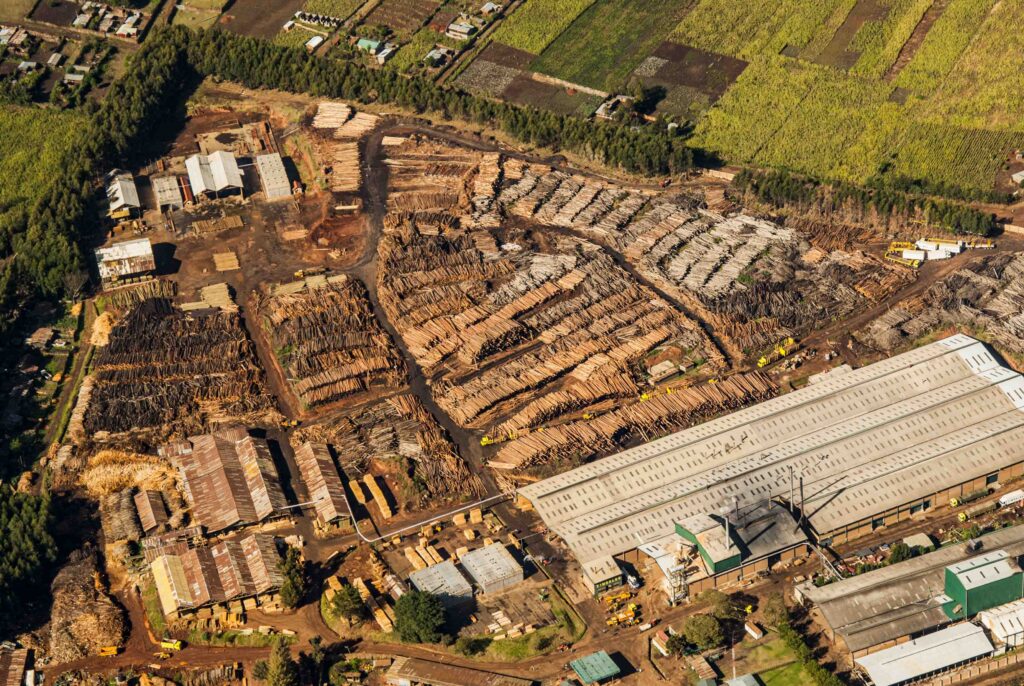
Also along the Mara River’s path, we see increasing irrigation for crops. Small-scale farmers are now everywhere, from start to end. They pump water out all year because there aren’t enough reservoirs to hold water for crop. As trees lining the river are now cleared for small-scale farms, there’ll be less available water. Plus, downstream lodges near towns and the park tap into the river for sanitation.
NWNL I know Olonana and Rekero Camps have created their own septic fields.
LENA MUNGE Yes, and some of the larger lodges, including Sarova, Serena – and Heritage, I think – have invested a lot of money to clean their water before it’s released to the river. A study was done by EAWS [East African Wildlife Society] on lodges posing environmental concerns or releasing nutrients into the Mara River or its tributaries.
There are so many lodges. Most are small – with short-term investors just out to take a profit. They keep springing up – mostly outside of the park where it’s harder to regulate. Within the Mara, there are lodge boreholes, and we don’t know what that does to the water….
NWNL In sum, threats in this watershed include logging, deforestation, irrigation lowering flows, sewage pollution, boreholes with unknown impacts and cutting trees on the river for charcoal. Narok [a main entrance to the Reserve] produces the most charcoal in the country. And regarding forest cover, Narok County had 11% forest cover, but in less than 10 years that went to 7% and is still going down. And climate change is also an impact – right?
LENA MUNGE Definitely. Farmers no longer know when the rainy season will come. Growing up, we knew it would rain in March, and last until June, for sure. Now, nobody’s sure. So, people wait and see when the rains will come.
Also, it’s not normally hot at this time [February]. We feel that impact of climate change; but don’t know its full implications. We’ve explored carbon credits, but don’t know how to position the Mara and the Mau Forest as Biodiversity Areas. We’d like to attract those funds; but it’s not easy and we don’t have the expertise.
NWNL Can you find some NGO eager to help you with that?
LENA MUNGE We don’t know which NGOs address climate change, because most pick one issue like irrigation and run with it. The choose what’s most effective. One NGO specializes in only urban water; another in only sanitation. It’s so fragmented; and nobody likes big-ticket projects that are a long term.
I’ve asked if we can create a biodiversity bond and use carbon credits. Should we explore that to see if we can attract funding for that? I don’t know. Coming from banking, I think of ideas which can work. But we don’t have enough resources from our budget, because we compete with health care, which is more urgent. We compete with roads and infrastructure, which are more visible. Politicians say “Just leave that wilderness alone. People will always come.”
But the problem is that it takes a long time for people to see degradation to nature. It can even take 20 years… By then, you cannot reverse what’s happened. If an animal becomes extinct, you cannot reverse that. The notion of long-term thinking is not popular because people are always under pressure.
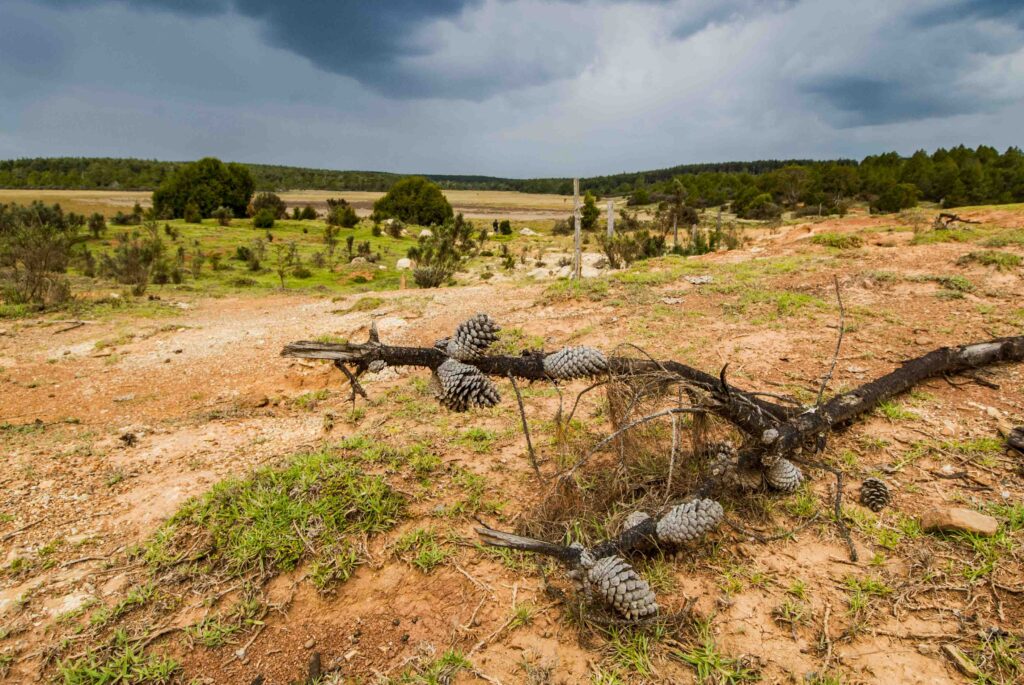
In Kenya, politics are stronger than institutions. Because elections are every five years, a politician’s first year is taken up in litigation and everything new. The last two years are taken up in election campaigning, So there’s a window of 3-4 years to accomplish anything. Most politicians don’t look at long term.
So, we need to tap into a resource which is not budgetary.
NWNL But you also need lawyers to grease the wheels and get change going.
LENA MUNGE Exactly. We have local politicians managing the Mara, which is a global resource – not local, nor even national. We can’t think about the Mara as a local resource.
NWNL Yes, it’s a World Heritage Site. That says it all.
LENA MUNGE So I tell them, “Stop thinking about it locally. Think internationally. Tap into the international markets for carbon credits, for biodiversity bonds or whatever you can come up with. Brainstorm about some of these things. Then we can reframe what the Mara is and ask, “What do we really want to see in the next 100 years?”
Just thinking in abstract; Do we want the park maintained as a home for animals and take lodges out of the park? If so, we could let people come into the park and leave in the evening. As well, guests at the lodges inside the park are privileged, so maybe they should pay a premium to be inside?
Basically, we should review the paradigm to frame issues and help us make policy decisions. But now we’re just going ahead with what we inherited and what has always been done. I don’t think that’s how things should be done. This is 21st century.
Maybe we should give lodge owners shorter leases, and say that in the next five or 10 years everyone gets out? The Mara then could be a haven for animals, with tourists coming in and get out. I’m not saying this is the right way; but I think it’s time to go back to the drawing board and see how best to sustain this resource and what needs to be done. Big capital funding could support that initiative. If big voices put in big money, they can also exert big pressure. Then we could get somewhere!
Maybe we need a 5-year plan to see where we want to be. Maybe we need a no-infrastructure zone in the Mara. Maybe we’d only allow campsites in high season and at a premium, so there’s no permanent infrastructure in the Mara.
That’s what I’m imagining, but I’m not a scientist, so I’ll rely on them to advise us.

NWNL I also heard someone – perhaps a Mara Conservancy tourism warden – say, “Maybe we need to get all lodges out.” The USA is facing some of the same issues in our National Parks. We’ve had such an increase in people wanting to visit them, that there are traffic jams for hours. That too must be changed somehow.
Brian Heath, Manager of the Mara Conservancy, has suggested regulating who goes into the park. But, if just the people who can pay a lot can go, that’s not fair. So he said, “Why not think out of the box and do what the airlines do: If you book ahead, you get a discount?”
LENA MUNGE Exactly. There are lots of ideas we can consider.
There’s another aspect not often talked about regarding lodges inside the park. Many have introduced invasive plants to beautify their lodge, but we cannot control their spread. This may not be a priority right now, but it will have long-term impacts. No one should plant anything inside. These invasives could decimate indigenous species. But sadly, those concerns kind of get swept under the carpet because we’ve got bigger issues to deal with.
NWNL 1985 was my first safari to Mara. We slept in little tents on cots with scratchy Army-Navy blankets – not today’s huge tents with double beds and duvets. Fifteen years after that first trip, I camped with Kenyan conservationists, lawyers, local Maasai and a friend on the Siria Escarpment to consider the possibility of a Mara Conservancy. We’d wake up in our tiny, dark tents to forest turaco bird calls, and then discuss management ideas all day while enjoying the vast Mara plains below that we so wanted to protect.
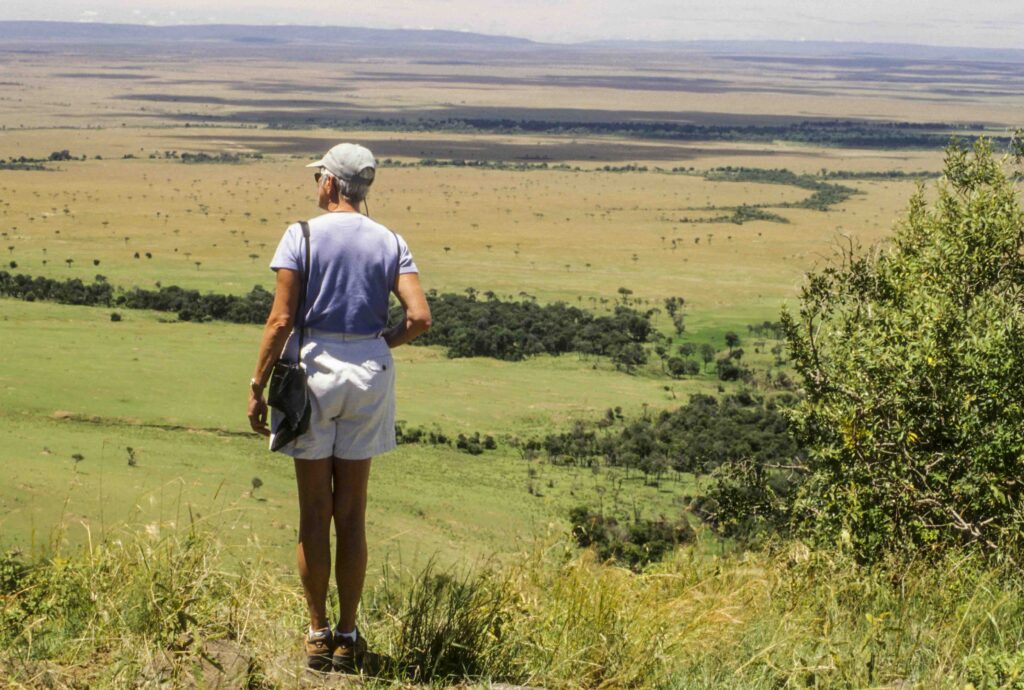
In 2002, two years after launching the Mara Conservancy, I climbed that escarpment with a friend and Maasai guide Jackson Looseyia, as we three trained for a climb up Mt.Kilimanjaro. Then this year I went visited the new Angama Lodge on the escarpment with Brian Heath. Large bedrooms had electric blankets instead of camp’s nightly hot-water bottles! It was elegant, but I told Brian I’d rather pay twice the cost of staying at Angama to stay at his small, simple camp.
So, I ask you, will we ever again have the option of simple, seasonal camps in the Mara? Can we get back to the old days?
LENA MUNGE It depends on many things….
NWNL Do you see the Mara Conservancy and Brian Heath’s accomplishments there in the Mara Triangle as a good template for protecting Kenya’s open lands and wildlife? What has he done that’s different? Has he opened any new doors?
LENA MUNGE Brian accomplish some things which are visible and some things which people may not know. He has preserved the Mara Triangle. In the 15 years since he’s been there, he maintained the status quo. There are still only two lodges inside the Mara Triangle: Serena and Little Governors.
The other side, “The Greater Mara,” previously had only Keekorok and Sarova Lodges. Now it has many gargantuan other lodges – not all of them legal. It’s simply not sustainable.
Brian was able to maintain that 500 square km. Mara Triangle, with the same two facilities from the beginning. Not one more facility – despite political and community pressure. That is why the Mara Triangle is like a shining light. Those who talk about the Mara being one of the top places in the wild, they probably just mean the Mara Triangle because of what Brian has done.
He’s worked with the local communities. He didn’t bring in people. He just trained the Maasai, using his very basic approach – just pure practical, no frills.
Per the founding agreement of the Mara Conservancy, he allows the Maasai to take their cattle to access to the salt licks on a regulated basis. One reason that causes conflict and tension between conservation societies and locals is that the conservationists come with holier-than-thou knowledge. The locals always say, “Hey, we’re the ones who’ve preserved this resource for generations.” That narrative needs to be understood.
All national parks and reserves in Kenya – Amboseli, Nakuru’s Naivasha, Samburu, Maasai Mara – all of them are in Maasai land, including Nairobi. The Maasai are pastoralists who have coexisted with the wildlife because of their lifestyle. They move up and down following the rains. They migrated continually, living together with wild animals and cattle. Before the park was gazetted, they lived there – but without permanent structures, because they only lived there until the rain dried.
So the Maasai lifestyle supports conservation. The Maasai are probably the only community in Kenya that doesn’t eat game. Maasai only eat the meat of cows, goats and sheep. Other communities kill their wildlife for meat and other things.
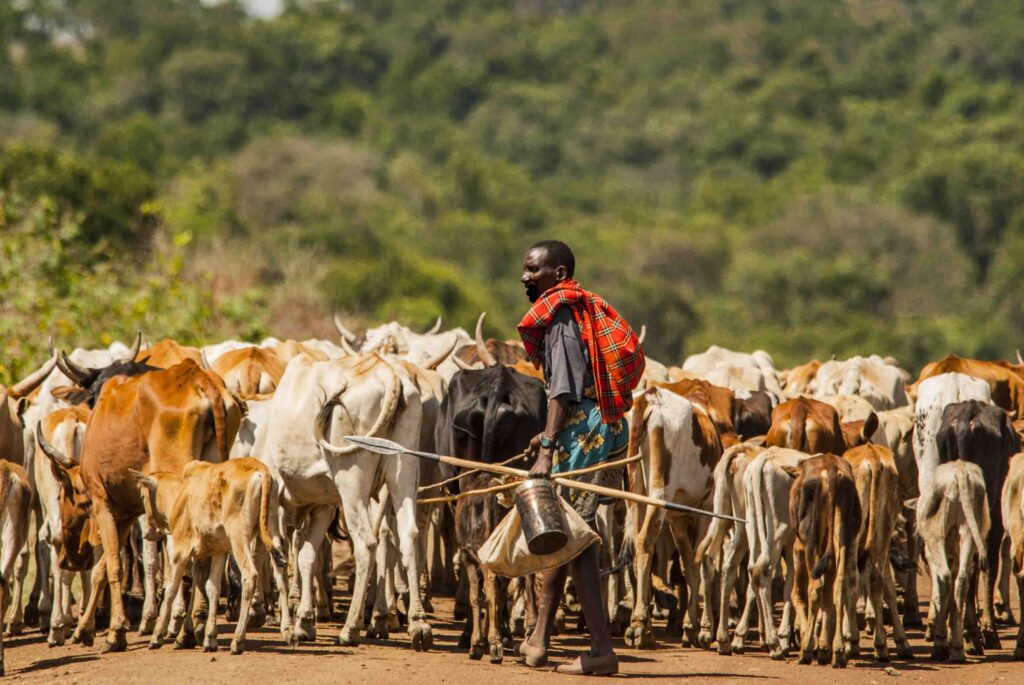
LENA MUNGE Brian also understood that cows help regenerate grass and soil. There’s a lot of science behind it that says cow dung helps regenerate grass that helps the wildlife. The cattle also develop resistance to wildlife-related diseases over time. So there was a 3-way relationship between Maasai, wildlife and conservation before today’s conservation plans.
Brian also addressed the ages-old issue of Tanzania’s Wakuria cattle-rustlers that kept Kenyan Maasai on the Siria Escarpment above the Mara Triangle awake day and night to protect their herds. When the Mara Conservancy began, Brian stopped those Wakuria from coming from Lake Manyara to raid their cows. Brian put in security that ended the access the Wakuria had to raid our Maasai cows.
Brian’s works with the community and resolves their issues; and he understands politics. His model is very practical, basic, and just works, not fancy or scientific.
NWNL Looking beyond the Maasai Mara, how can Kenya protect its the Mara River? What will happen with the proposed dams? Is agriculture part of the solution? Is the Kenya Wildlife Act significant? What do you think of Richard Leakey’s proposed emergency fund for wildlife and parks? Do you agree with Leakey’s comment, “There are always going to be ups and downs. There are always going to be droughts, global depressions, and such. You can’t survive these ups and downs if there’s nothing to carry you through the bad times.”
Has Kenya reached its carrying capacity for wildlife? How many buffalo and elephant can Kenya support? It’s thrilling to see so many buffalo and elephant in Kenya. But at what point do they need more space. Is Kenya concerned about that? Can your spatial plan for Narok be a model for other communities?
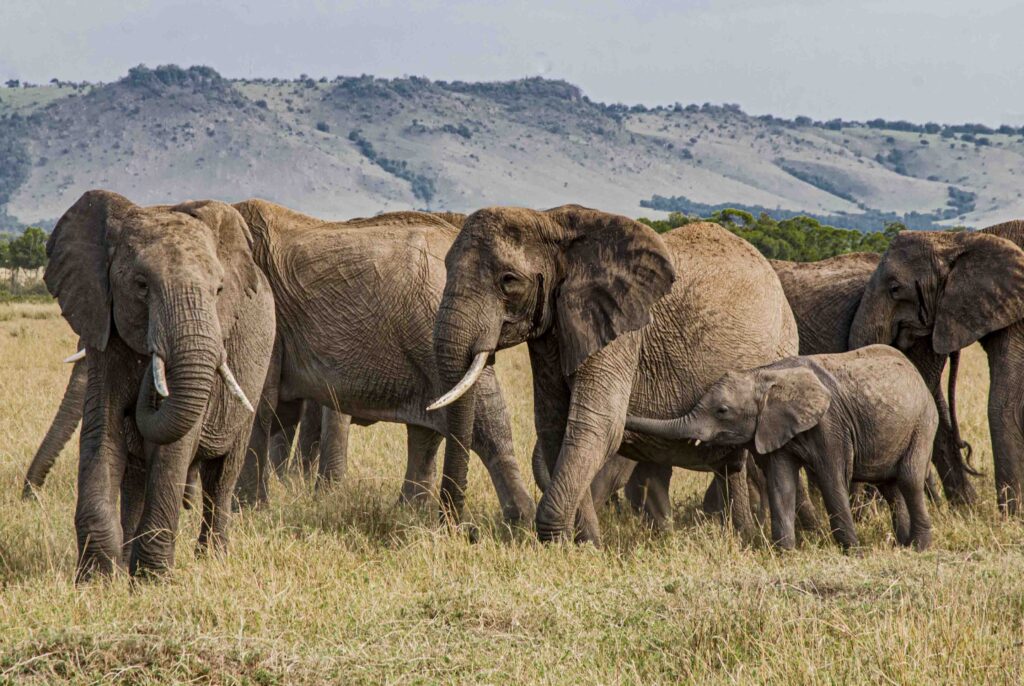
LENA MUNGE We need more science to address all that is happening. We had a meeting last year in the Serengeti with Marcus Bonham and scientists. I learned why the Mara River Basin exists and that its wildebeest’s behavior sustains the Mara as its keystone species,
As to whether we need more land, I think we need more scientific studies. The communities around the Mara always accommodated wildlife. But their lifestyle is changing. And today’s new immigrant communities, don’t necessarily understand wildlife.
A big piece of the puzzle is legislation, which nobody is talking about. The new Wildlife Act offers generous compensation, which has created more communities around the Mara, including mine. From childhood, the Maasai learn animal behavior and how to protect ourselves against animals. We learn how leopard, lion or snakes behave and that buffalo and elephant are more dangerous than lions — so that we can live with wildlife. Our people know that by living with wildlife, we’re exposed to certain danger – the way those living in a city, know they can get hit by a car.
The Wildlife Act then came along and said if your crop is destroyed or you’re hurt by an animal, there is generous compensation. But it doesn’t allocate a budget to cover that. So people’s behavior changed, and now they expect compensation for anything that happens to them. I’m not saying it’s wrong or it’s right; but a hefty compensation without any budget allocation increases the conflict. Now people say, “Every day we’re being hurt, and expect compensation; but the government doesn’t care.” So now, our people have become aggressive in a way they weren’t before. And human-wildlife conflict has escalated so much that it’s a higher priority than poaching.
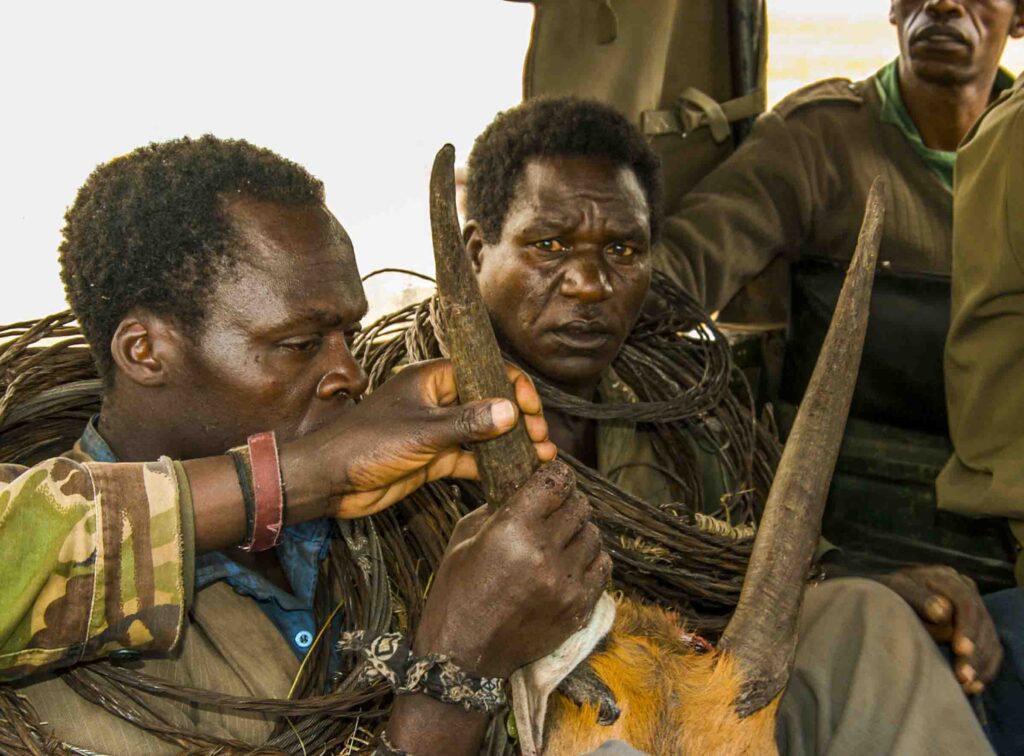
NWNL Should the government funding anti-poaching efforts?
LENA MUNGE I think we need to legislate zoning and amend the Wildlife Act.
NWNL You are saying the government needs a budget to educate and sensitize.
LENA MUNGE Yes. In terms of poaching, it’s still communities that provide more protection. I think when you invest in communities and put money in their pocket, they’re more willing to cooperate so they’ll have water and can sell their beads. Instead of spending more and more money on enforcement, it’s better to spend it on community initiatives so they feel a sense of ownership in the Mara Reserve — opposed to being in conflict with it.
Up until now, the Maasai have said, “We get no benefit from this land. Instead, it benefits strangers and investors from Nairobi and from abroad.” When there’s no sense of ownership, then those lodges and reserves are at risk. We need them to put aside some money for a tourism emergency fund.
NWNL What would that money fund: compensation or education?
LENA MUNGE What matters is their education. Classrooms don’t have to be concrete, nor infrastructure expensive in a very poor community. We could build small, basic structures.
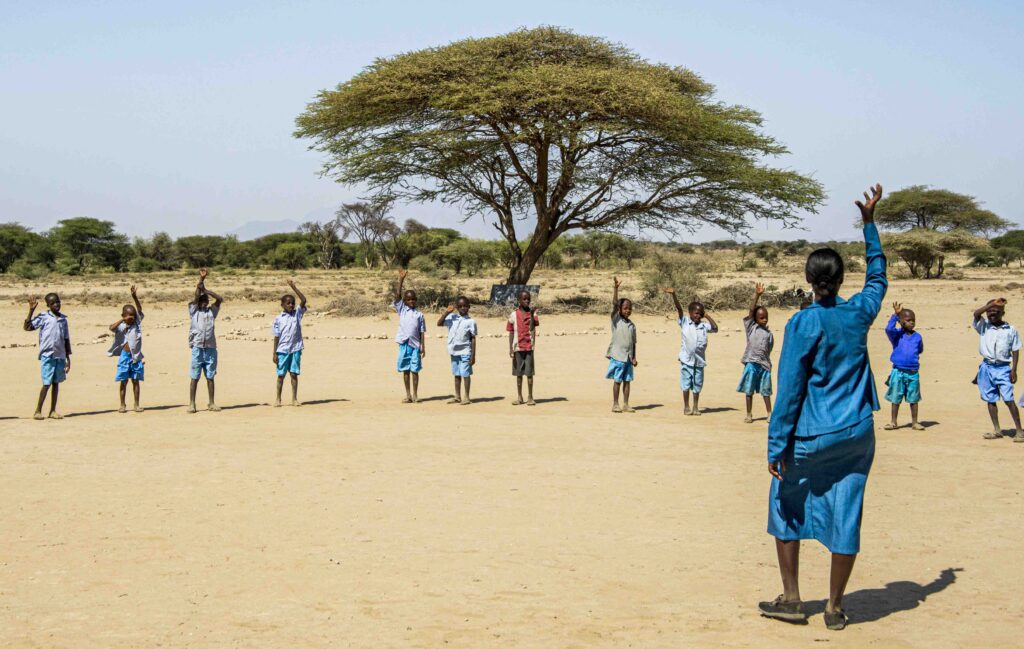
NWNL I’d prefer a great teacher under a tree than inept teachers in a high-tech classroom.
LENA MUNGE Exactly. Many students don’t have shoes or water at home. And the people don’t even have food.
NWNL I see a political comparison here. Lodges building large, impressive infrastructure corresponds to governments preferring big dams than small, individual water-harvesting tanks. The visibility of big infrastructure says, “See how great we are!” And big dams cost a lot of money to build, which means there’s a lot to take off the top. Little individual water-harvesting projects have nothing to take off the top.
LENA MUNGE Nor are those dam contractors local – they’re Chinese, Italian, French….
NWNL Is there a solution to fragmentation of the land or of space? Perhaps there should be a greater focus on spatial planning, or fencing. Or…, what else?
LENA MUNGE I think spatial planning should be done at the national level. Countries like Sweden reorganized their country by putting people in communities as they leave the farmlands, as opposed to everyone being distributed everywhere, when you cannot provide security, infrastructure, schools and all the other basic things,
It’s a painful thing which needs to be done. National government can bring everybody on board by saying, “You cannot do this here, because it has an impact just across the border.” Also, it’s easier to get expertise and pool resources with a spatial plan on a national basis – as opposed to on a county basis.
NWNL So it’s like a river. You must look at the whole river, upstream and downstream. You can’t just improve the region – or a river – by improving just one small part of it. Everything is connected and flows as one.
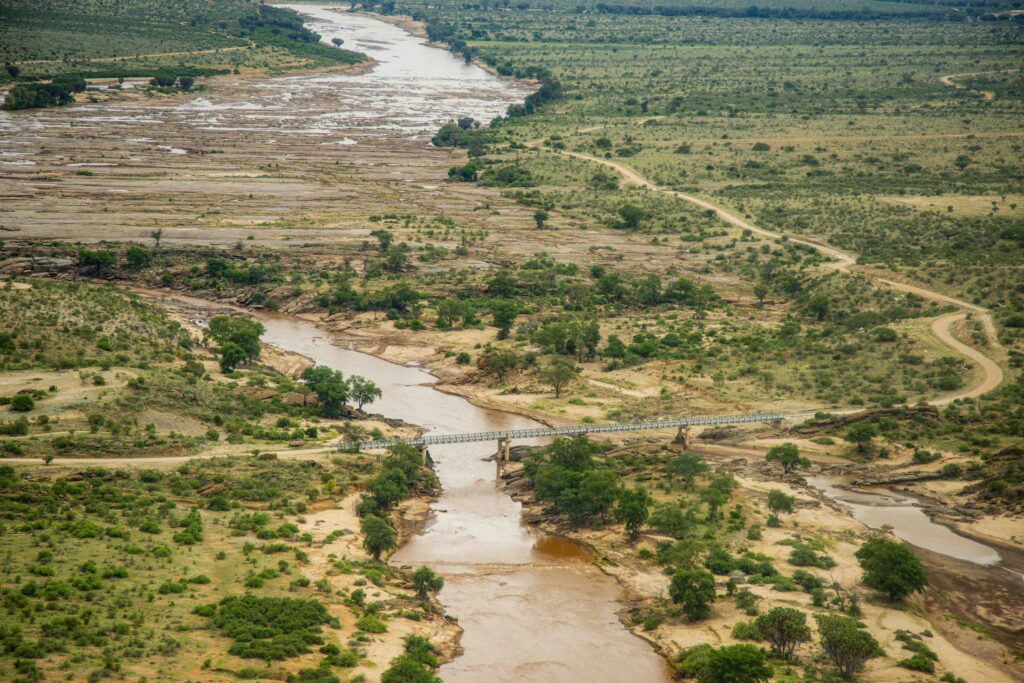
LENA MUNGE It all flows together, yes. The Kenya Institute of Administration says an integrated development plan for the county doesn’t make sense. We must integrate all the counties’ development plans. If our integrated plan points north; the next county points south and other points west, the country as a whole will not develop.
NWNL Plus there will be waste of time and superfluous infrastructure.
LENA MUNGE Whatever one county does impacts the other, but often they’re blind to it or they don’t care. So, the national government needs to bring all these counties together to share resources as opposed to micro, micro, micro. The national governments should see that we’re still one country; and help us do our spatial planning collectively so resources, roads and rivers are shared. There are things that are collective – and there are things which are individual.
NWNL So how did you achieve all that you have done so far?
LENA MUNGE I am a Maasai from Narok County, where Maasais never believed in taking kids to school. Thus, the colonial government passed a law that each family had to send one child to school. My dad and my mom were each the only ones in their families to go to school. They were both educators, with my mom in the Ministry of Education, so we moved around the country and thus I went to national schools and then college here in Kenya.
After school, I worked at a big bank for over 15 years. I was a corporate head, responsible for the East African region of Rwanda, Burundi, Tanzania, Uganda, Sudan, South Sudan and Kenya – basically Nile Basin River countries. After some time, I ran strategic projects such as an IT system for the bank and then worked with McKinsey on management changes for the bank.
I left the bank to work with Tunai, the county governor, to run a youth mentoring program for five years. When he ran for governor, he put me on his strategic team for policy decisions. I came face to face with county politics – more personal and more vicious than national politics.
In local politics, everything is negotiated, and you don’t get what you want. I did my four and a half years until the next elections, and then left.
Now I want to go back and start working for myself, do other things and provide advice, part-time.
NWNL What about your interest in conservation and wildlife?
LENA MUNGE I’m the advisor in that space and have been sent to tourism by the governor. For the first time in my life, I’m not dealing with money. I sit down with Brian Heath in the Mara Conservancy, Jonathan Scott, Alan Earnshaw and many people in conservation. This is a whole different world. But I bring management experience and the discipline of the finance sector. This is the first time I’m hearing the conservation story and now I’m understanding the limitations to managing the Mara more effectively.
NWNL Your skills may well support the possibility of a unified Mara Reserve….
LENA MUNGE Yes, that makes sense. How can you have one park with two regimes? We’re lucky that the Governor was behind the Mara Conservancy and understands what it means.
NWNL So, environment sort of crept into your life?
LENA MUNGE It’s been an amazing journey and I feel my future is in this place.
I’m learning things I’ve never learned before. I’m looking at things from a different perspective. Of course, the banking helps because of discipline and management skills.
NWNL Conservation needs those skills.
LENA MUNGE I’m thinking about things like biodiversity bonds so finance and conservation can link up? This work is so important – life depends on this. Banking is just banking, finance is just finance, but real life exists in spaces like the Mara.
I’m not a conservationist. I’m just a manager, but I’ve interacted with conservationists and met so many people I would never have met in my life otherwise, including you. It’s just been fascinating and I think this is the future for me.
NWNL Please stay in this sector and that of biodiversity funding. You could combine these two parts of your life.
LENA MUNGE I think much needs to be done, and few people really understand the issues from a global perspective, overall perspective. Brian Heath understands and sees solutions. We’re discussing with Brian that the Mara doesn’t have to be seasonal. We need to smooth the arrivals throughout the year, and there’s several things we can do about that: advanced booking with incentives and price differentials. The migration….
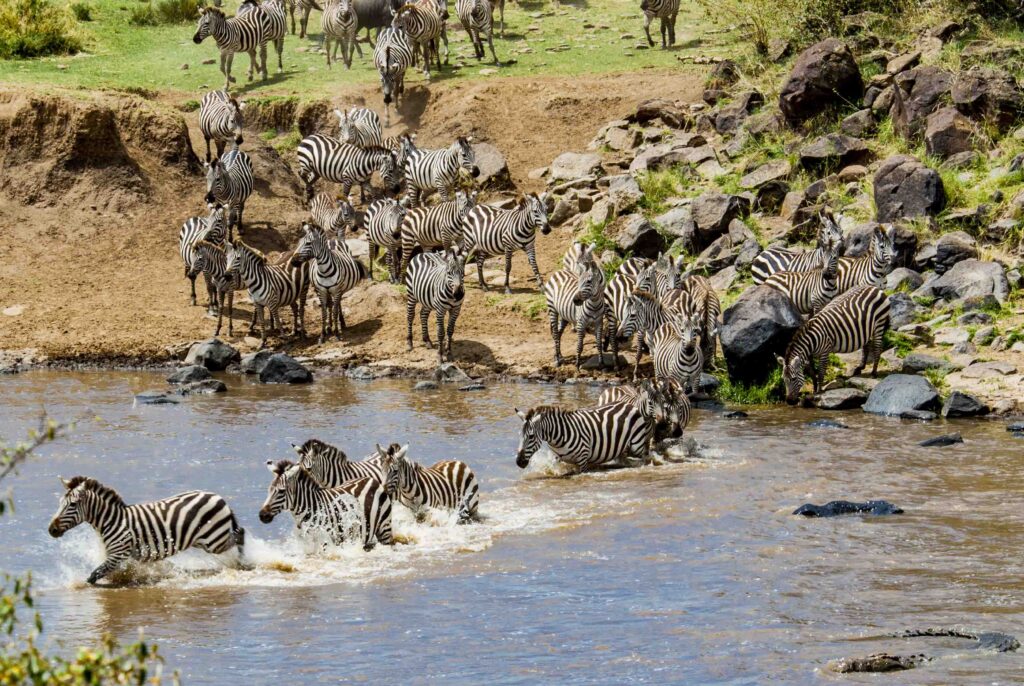
NWNL So many tourists come just for the migration. That’s been the big hit.
LENA MUNGE It’s oversold.
NWNL It’s oversold and it’s time to emphasize the other things. I think there are so many good ideas right now. I look forward to hearing more ideas that you contribute to Kenya’s wildlife and watersheds. It’s nice to know you and hear about the special expertise you’ll bring to conservation in the Maasai Mara National Reserve – and to the proven conservation concepts of Mara Conservancy!
Lena, thank you very much for this great conversation.
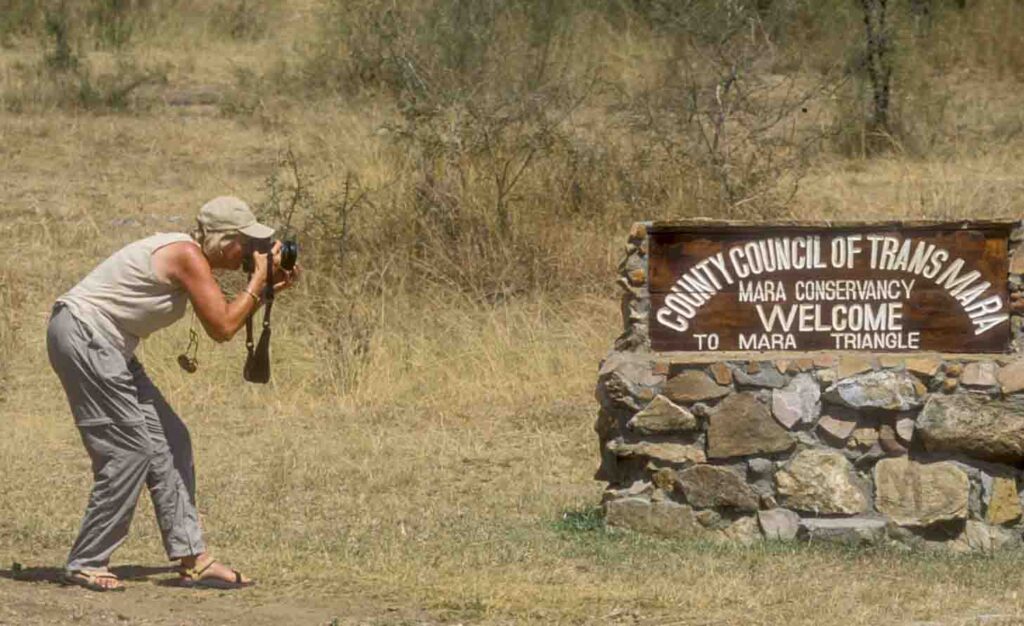
Posted by NWNL on November 2, 2023.
Transcription edited and condensed for clarity by Alison M. Jones.
All images © Alison M. Jones, unless otherwise noted. All rights reserved.
